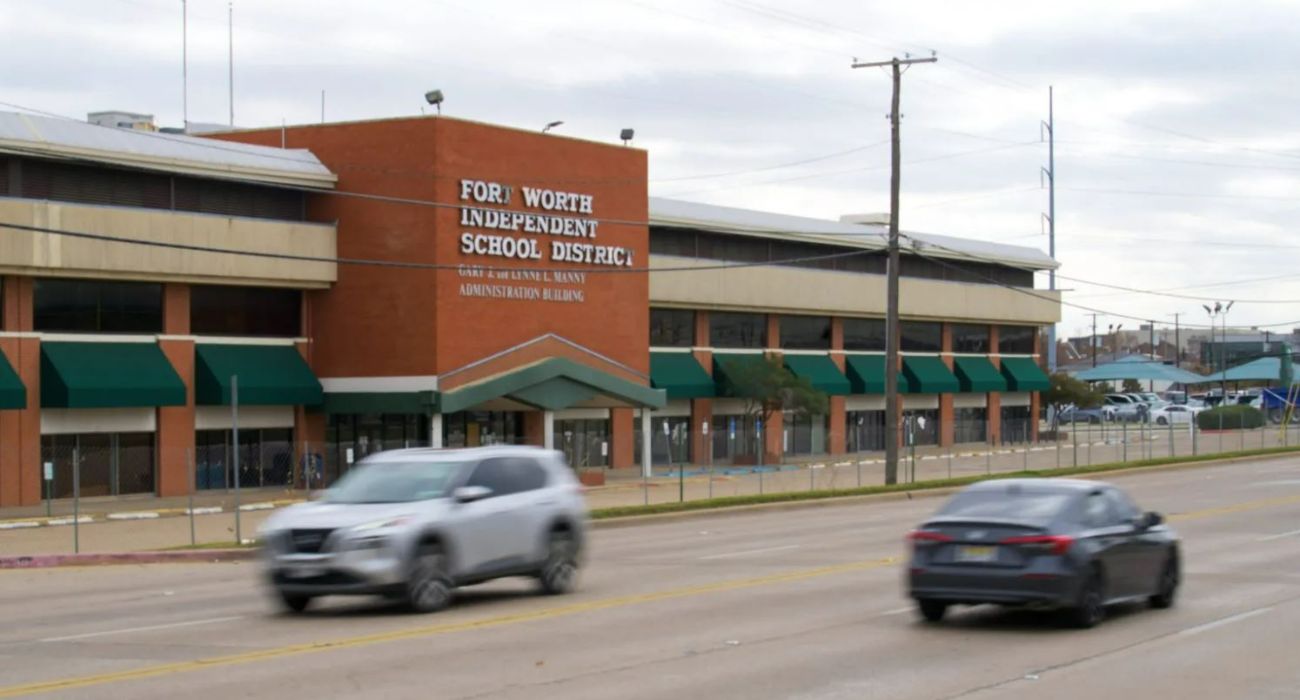In 2015, the Texas Higher Education Coordinating Board announced a 15-year strategic plan for increased higher education rates for its citizens.
In the meantime, COVID-19 relief for student debt will end January 31, 2022, and subsequently, Texans with student loans will see interest accumulation on student loans resume. Are Texans ready to (re)start student loan repayment, and how has the state’s push for higher education in Texas resulted in growing debt?
The Texas higher education plan, dubbed 60x30TX, began in 2015 and will continue through 2030. This plan consists of four main goals to be completed in the next nine years:
- 60% of Texans between the ages of 25 and 34 will have a higher education certificate or degree.
- At least 550,000 students by 2030 will have completed a certificate, associate, bachelor’s, or master’s from an institution of higher education in Texas.
- All graduates from Texas public institutions of higher education will have completed programs with identified marketable skills.
- Undergraduate student loan debt will not exceed 60 percent of first-year wages for graduates of Texas public institutions.
“According to the Texas Higher Education Coordinating Board (THECB), student debt at Texas public colleges and universities has seen relatively little growth in recent years, which is in line with THECB’s long-range strategic plan,” reported the Texas Comptroller.
However, Texas has not escaped the national “student debt crisis” despite the push for “more affordable” and accessible higher education. Over half of students that graduate in Texas will graduate with student loan debt.
According to a study by Huff Post, the average student debt for each borrower in Texas is $32,628. Texas’s statewide student loan debt has reached $110,630,000,000, which is alarming despite it only being a fraction of the total amount of student debt owed in the whole country, $1.5 trillion, according to the Federal Reserve Bank of NY.
“Graduation is the culmination of a college career. But it’s also when the clock starts ticking for many of these newly minted graduates — to begin paying back their student loans. And while graduation guarantees a degree, it doesn’t guarantee a paycheck large enough to pay back that debt,” reported the Texas Comptroller.
College students in Texas are beginning to question the value of their education compared to the debt burden of student loans. As repayment looms and interest begins to grow, young Texas citizens again have the pressure to face a vast and rapidly growing debt crisis.
According to a Pew Research Center survey, “A majority of Americans (57%) say the higher education system in the United States fails to provide students with good value for the money they and their families spend. An even larger majority—75%—says college is too expensive for most Americans to afford.”
Some students are combating the student debt crisis by choosing educational paths that save money or provide a more secure job after graduation, choosing community college over universities, or choosing STEM fields over liberal arts degrees.
Sean Rich, a college student studying engineering, explained to The Dallas Express, “I started my degree at a community college to get most of my general education classes out of the way at a cheaper cost. I plan to transfer to a four-year university to finish my degree, and I chose engineering as a major. By keeping school costs low and choosing a major with a secure job market, I’ll be able to avoid a lot of the student debt that my peers will end up struggling to pay for years to come.”
As interest resumes accruing on student loans in January, students in Texas and across the United States face rising anxiety as they recognize the heavy burden of student debt.






